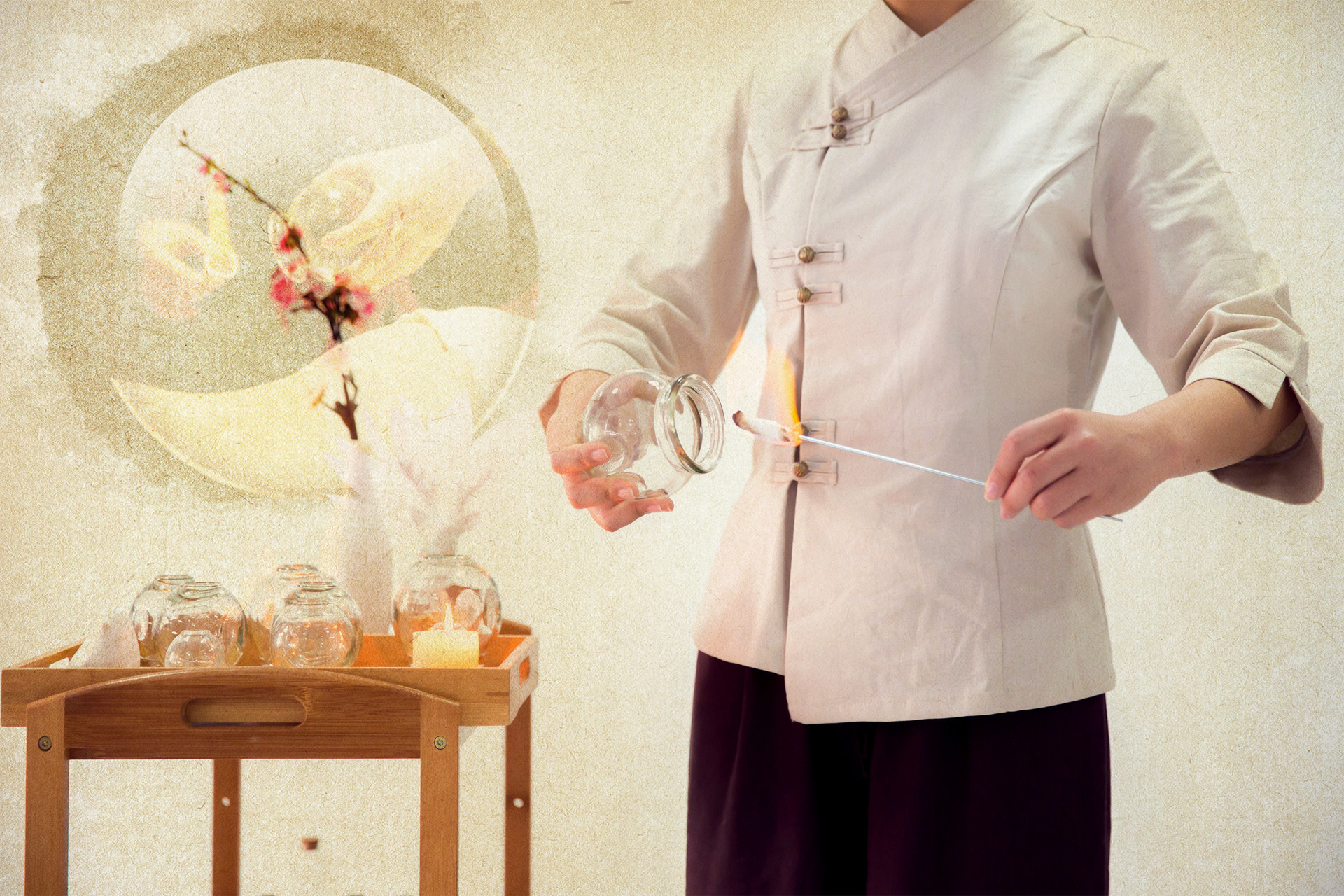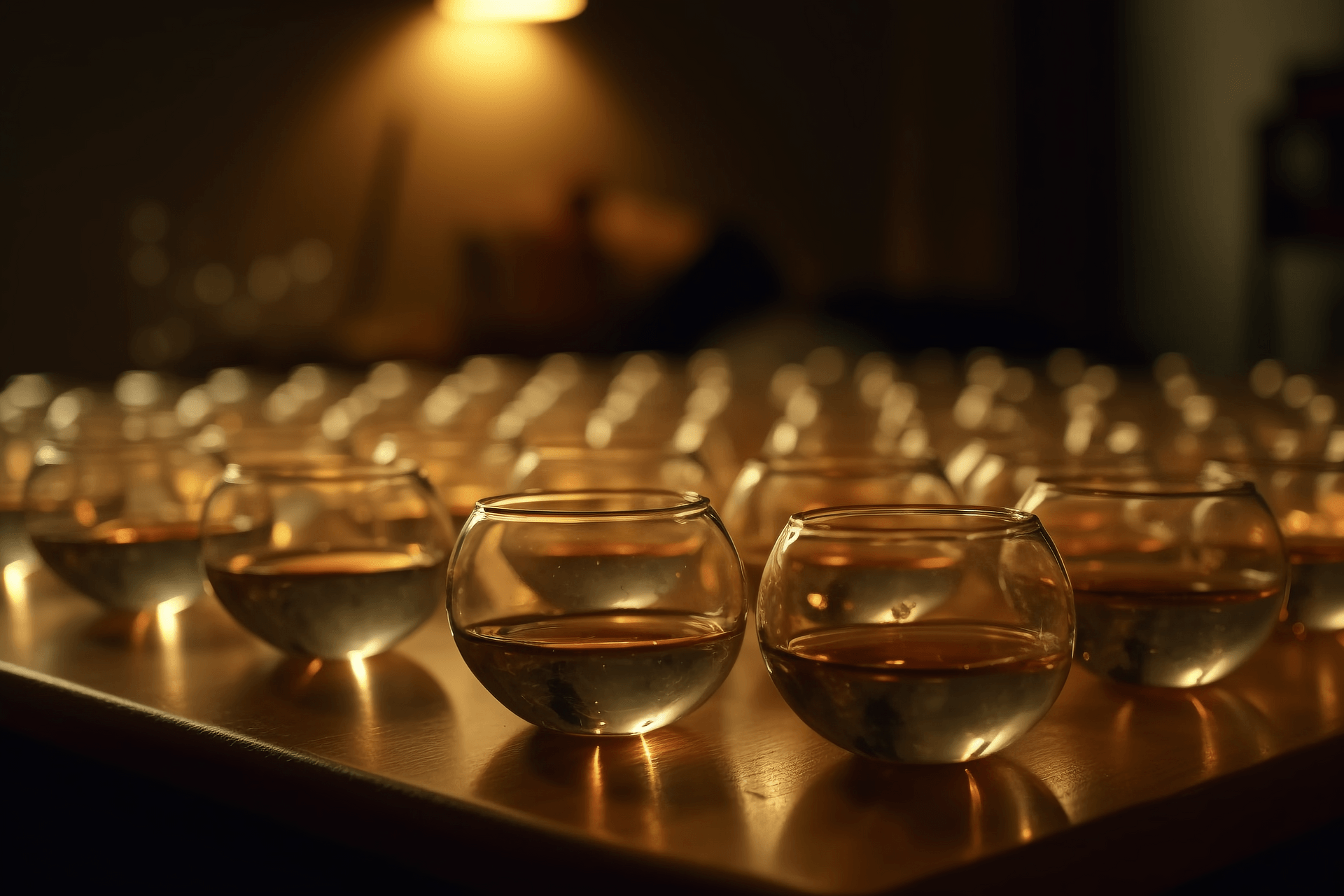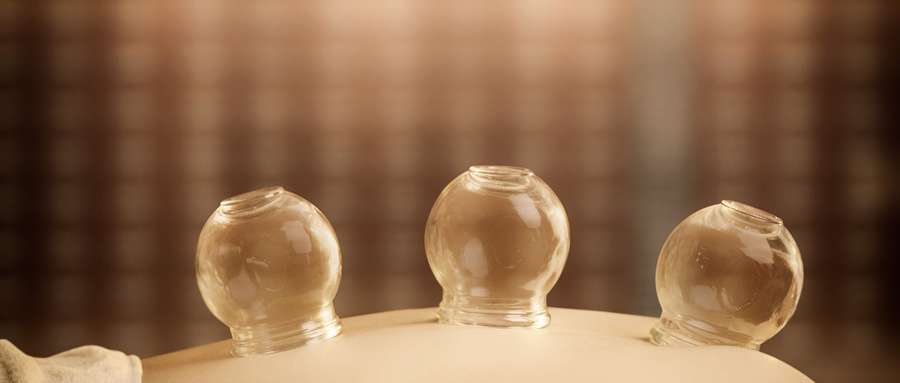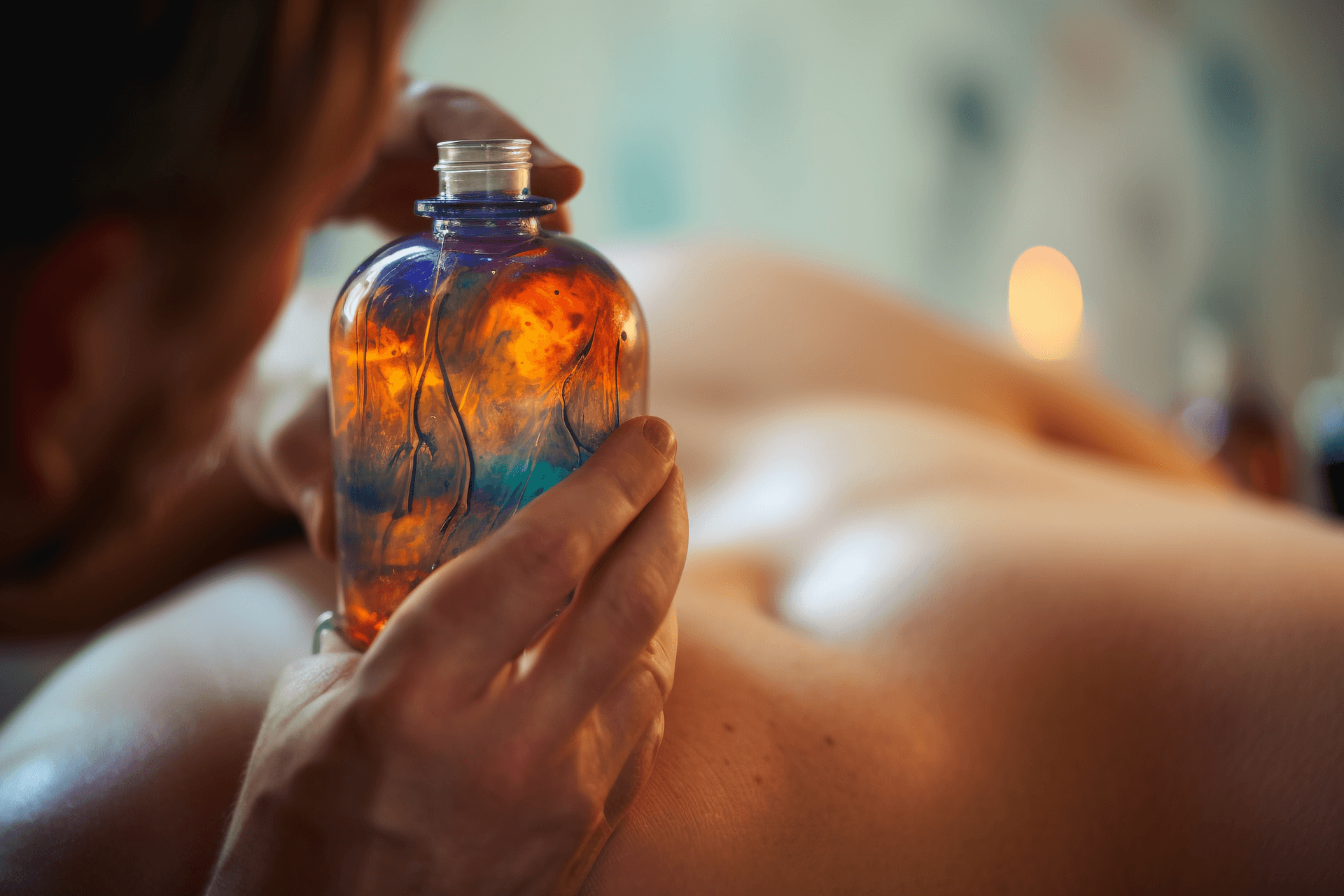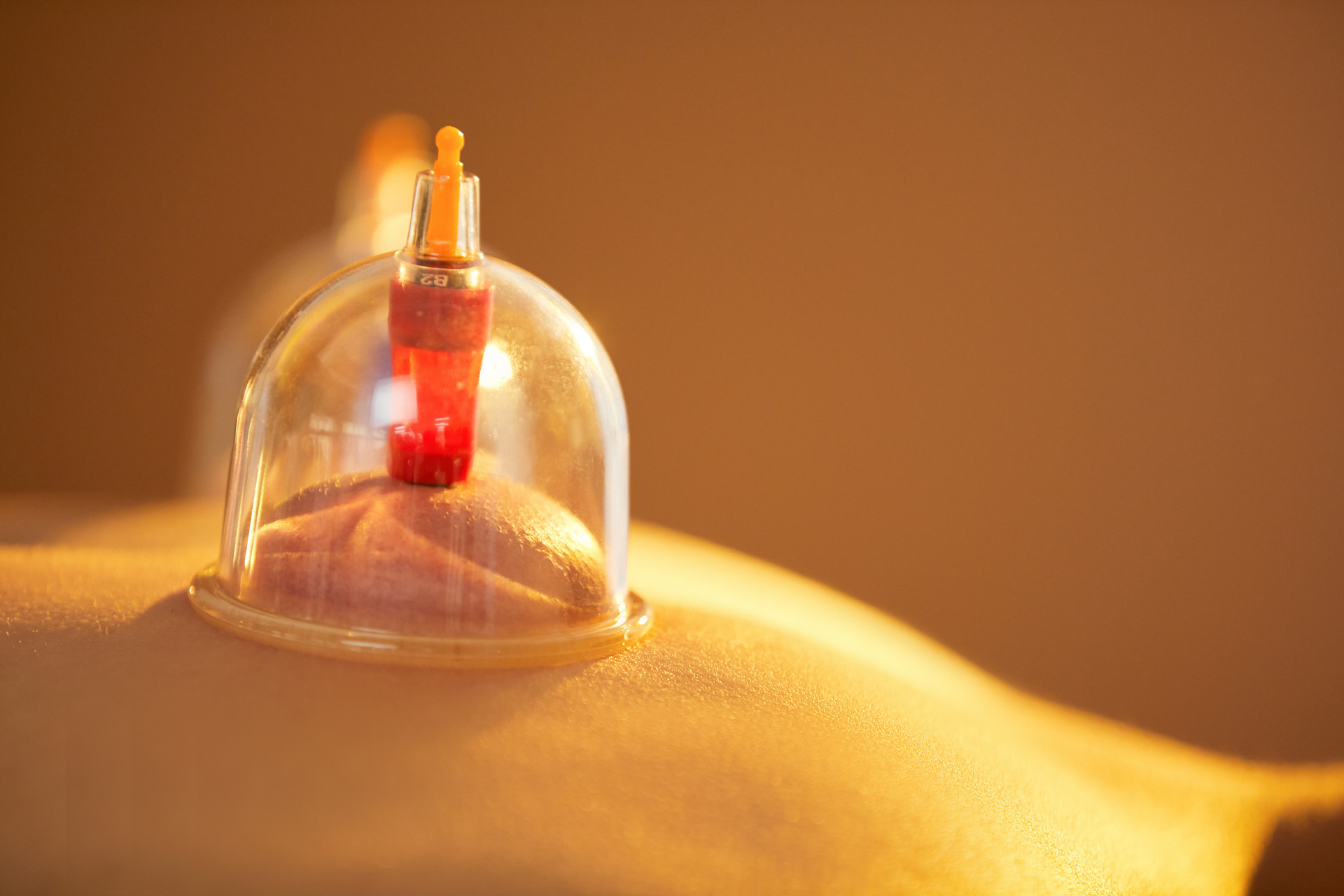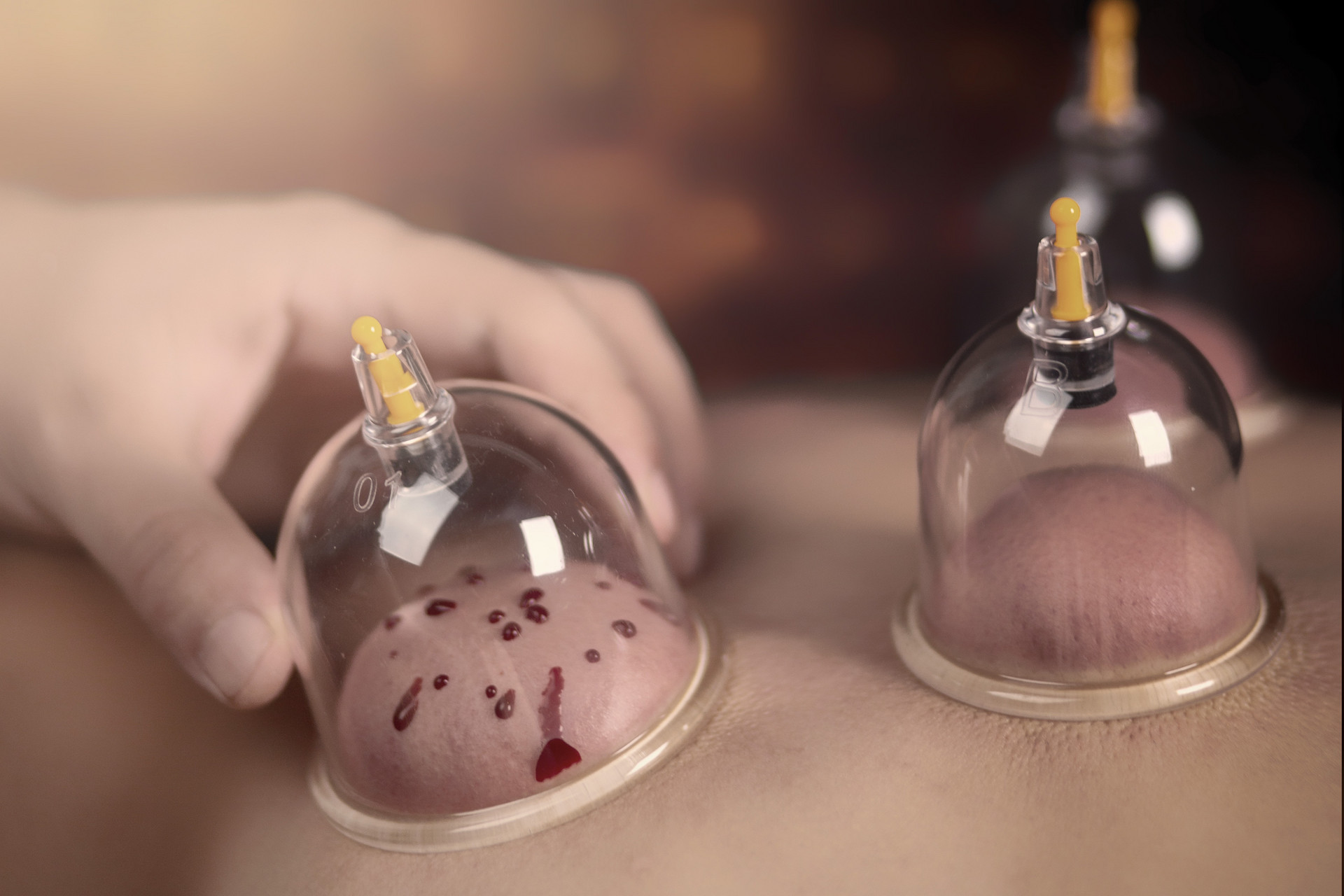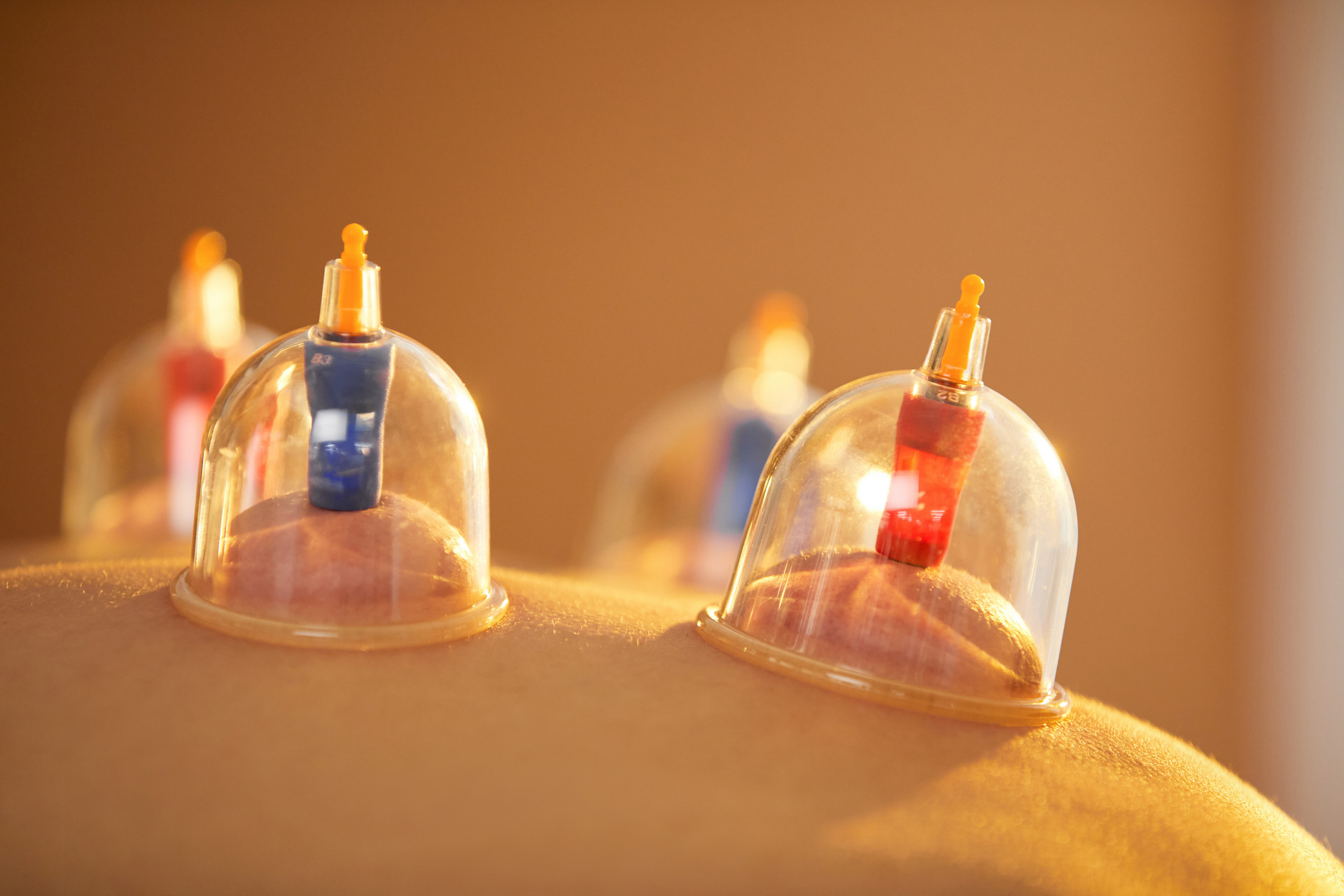The therapeutic mechanism of cupping therapy can be explained from the perspectives of traditional Chinese medicine and modern medicine.
In traditional Chinese medicine, cupping is believed to open and clear the meridians, as well as strengthen the body's resistance to pathogenic factors.
According to traditional Chinese medicine, diseases are caused by imbalances of yin and yang in the body, as well as disruptions in the normal circulation of qi and blood. When the body is invaded by external factors such as wind, cold, heat, dampness, dryness, fire, toxins, or internal factors such as emotional disturbances, it can lead to dysfunction of the organs and the production of pathological substances such as blood stasis, qi stagnation, phlegm, food stagnation, turbid fluids, and pathogenic heat. These pathological substances then circulate through the meridians and acupoints, causing obstruction and ultimately resulting in various diseases. The vacuum negative pressure created by cupping can exert a strong suction force on the meridians and acupoints, opening the pores and causing congestion of the skin. This allows the pathological substances in the body to be drawn out through the pores, thus promoting the circulation of qi and blood in the meridians and adjusting the functions of the organs, achieving the goal of preventing and treating diseases.
In traditional Chinese medicine, cupping is also believed to promote the circulation of qi and blood in the meridians and regulate their balance.
The meridians have the physiological functions of transporting qi and blood, nourishing yin and yang, supporting tendons and bones, and facilitating joint movement. If the meridians are blocked, it can lead to stagnation of qi and blood, resulting in atrophy and dysfunction of the skin, flesh, tendons, pulses, and joints, or poor circulation of blood and qi in the six fu organs. By applying cupping on the skin, pores, meridians, and acupoints, the circulation of the body's vital energy can be initiated, promoting the flow of qi and blood in the meridians, nourishing the organs and tissues, and improving the condition of the skin and hair. At the same time, cupping can also invigorate the weakened functions of the organs, open up the meridians, and regulate the body's yin and yang balance, adjusting the circulation of qi and blood, thus achieving the goal of promoting health and treating diseases.
In modern medicine, the negative pressure created inside the cup during cupping therapy causes local capillaries to dilate, leading to congestion and even rupture, as well as hemolysis of red blood cells. This results in the release of substances such as histamine and histamine-like substances, which circulate throughout the body's fluids, stimulating various organs and enhancing their functional activities, thereby improving the body's resistance.
Modern medicine also suggests that the stimulation of negative pressure during cupping therapy can expand local blood vessels, promote local blood circulation, improve congestion, enhance metabolism, alter the nutritional status of local tissues, increase vascular permeability, and enhance phagocytic activity of white blood cells, thus improving the body's physical fitness and immune function.
Furthermore, the negative pressure generated inside the cup during cupping therapy can accelerate the circulation of blood and lymphatic fluid, promote gastrointestinal peristalsis, improve digestion, and accelerate the elimination of metabolic waste products by muscles and organs.


